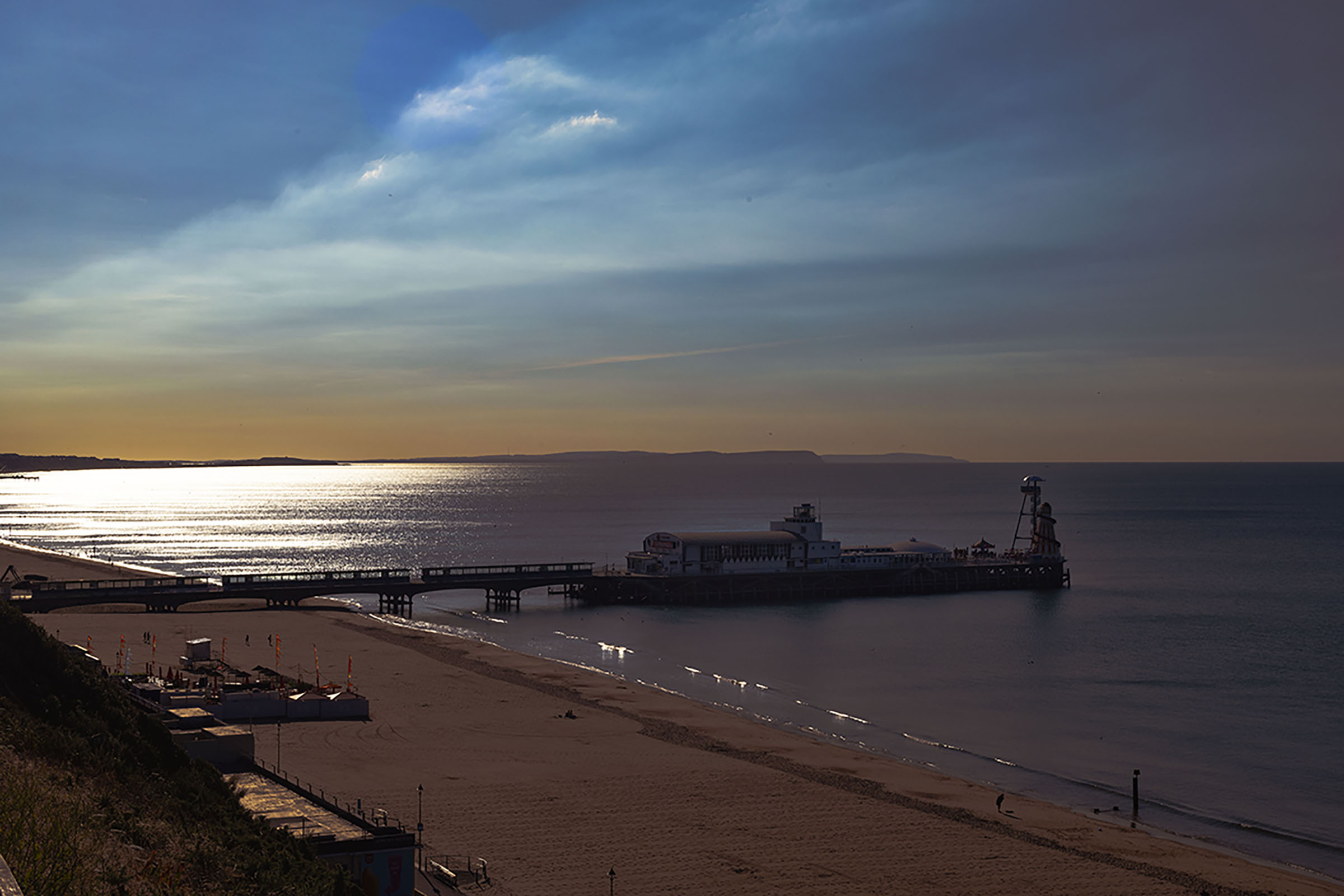Introduction
Navigating the maze of information on shared ownership can be daunting. This FAQ, drawn from personal experience, aims to simplify and clarify the details for you. Remember, this is a guide; for specific enquiries, consult your solicitor.
1. What distinguishes shared ownership from outright home ownership?
The differences can be viewed through various lenses: costs, objectives, political, socio-economic, or legal frameworks. I prefer to consider the differences in terms of costs and objectives.Shared ownership is a hybrid of renting and home ownership. Generally, you co-own the property with a housing association, which can be a stepping stone towards full ownership. In a shared ownership scheme, you buy a share of the property and rent the remainder, also covering a service charge and building insurance.
Pros and Cons
The upside is the potential to acquire a larger or newer property through shared ownership than if you bought outright. Additionally, properties under shared ownership are often newer, which could mean lower maintenance and energy costs initially.
However, when tallying rent, mortgage, service charge, and building insurance, the total cost might exceed that of an outright purchase. Also, new shared ownership properties may not include furnishings or flooring, adding significant expenses. Legal fees can also be higher due to the dual nature of the agreements: one to purchase and one to rent.
2. Can I negotiate the purchase price?
In most circumstances, it is not possible to negotiate the price.
3. How come not all lenders offer mortgages for shared ownership?
The key factor is the level of risk for the lender. In a traditional mortgage, the bank holds the property title until you’ve paid off the loan. But with shared ownership, the title is split, tying the lender to your lease’s selling conditions and potentially increasing the selling costs. Additionally, market fluctuations, the size of your deposit, and the demand for shared ownership properties can all affect the lender’s ability to recoup costs in the event of a default.
4. Can I make an offer for a shared ownership property?
No, shared ownership is based on a ‘first come, first served’ principle. This means that even if you present a more attractive offer to the seller, the person who finishes their affordability assessments and pays the reservation fee first will secure the property.
5. Do I have to use their mortgage broker?
Initially, you will qualify for the checks. If you decide to move forward, you have the option to secure a mortgage for shared ownership or choose a mortgage broker that meets your preferences.
6. How long does it take from first viewing the property to being able to move into it?
The timeline for acquiring a property can fluctuate widely due to factors such as property type, search volume, mortgage requirements, existing mortgage offers, personal needs, survey processes, duration of checks, property chains, and more. The following table provides a ‘very rough’ estimate and should be regarded solely as a reference point for estimation.
| Property Type | Estimation |
| New build—to be built | 3 – 10 months |
| New build, with mortgage | 4 – 6 months |
| New build without a mortgage | 3 – 5 months |
| Flat | 4 – 7 months |
| Previously owned – with mortgage | 4 – 7 months |
| Previously owned, without mortgage | 3 – 5 months |
7. How much will legal fees run?
The cost of legal fees for shared ownership can fluctuate significantly. Factors such as having a mortgage, the property type, its location, the necessary number of searches, whether a survey is required, and the chosen firm all play a role. You can expect to pay anywhere from a minimum of £1,500 to a maximum of £2,250 outside of London, with the average cost hovering around £2,000, excluding the initial month’s rent and charges.

